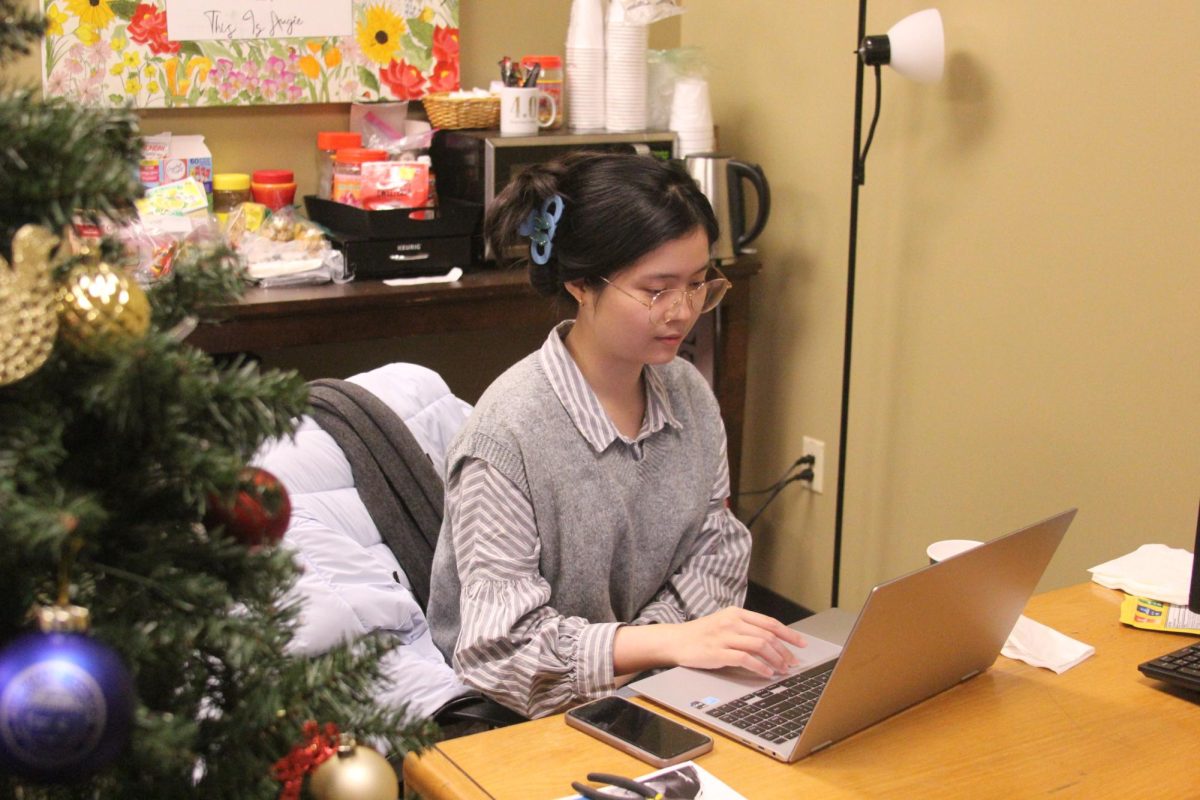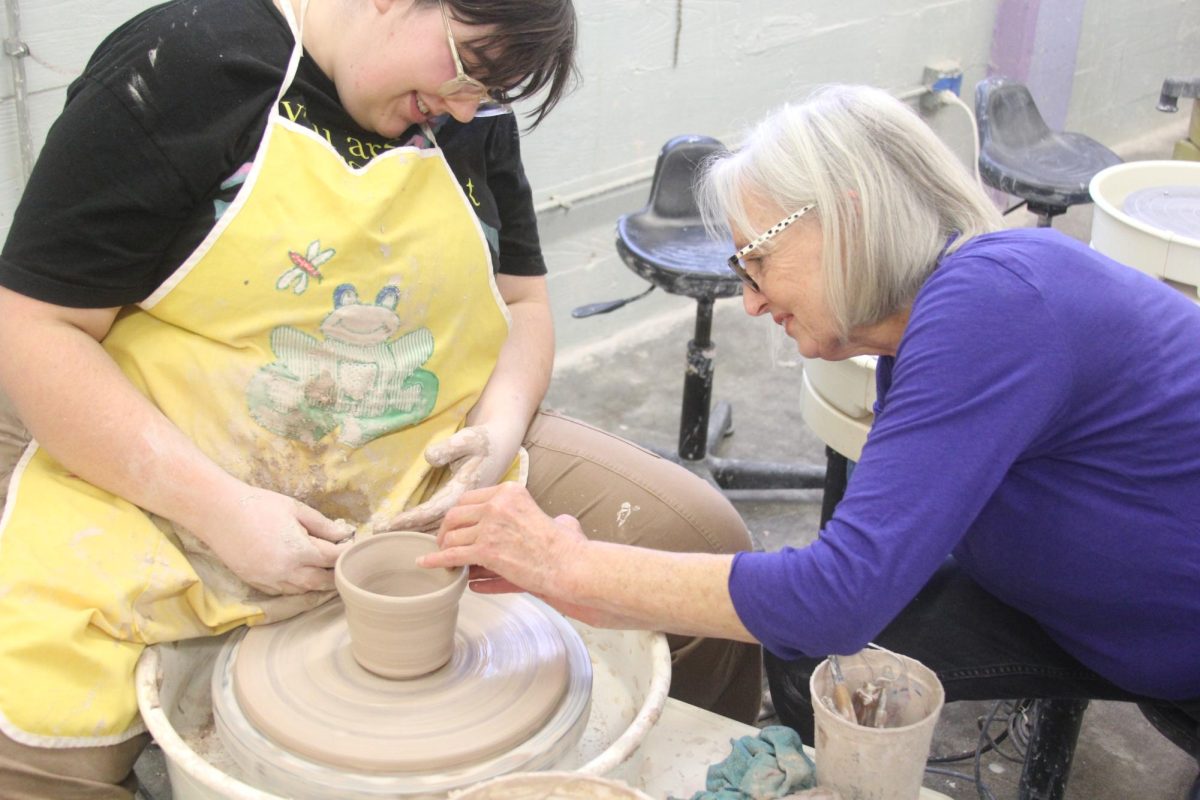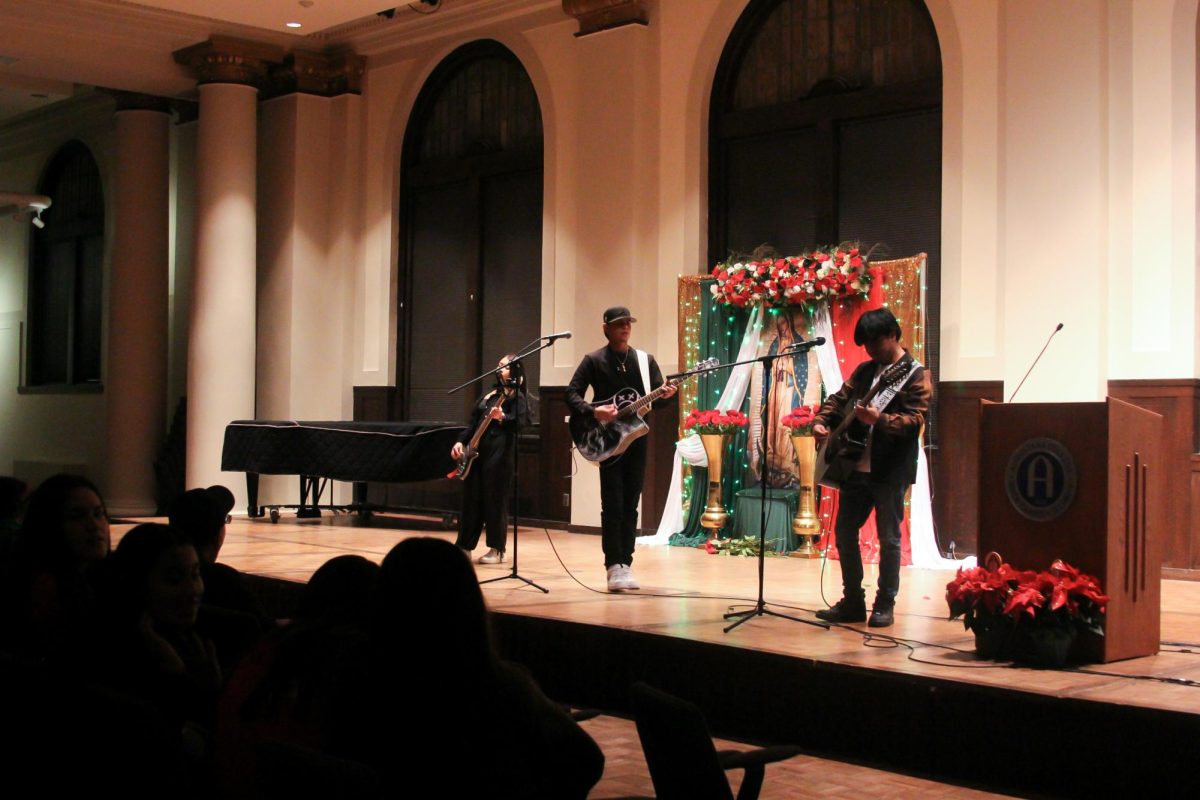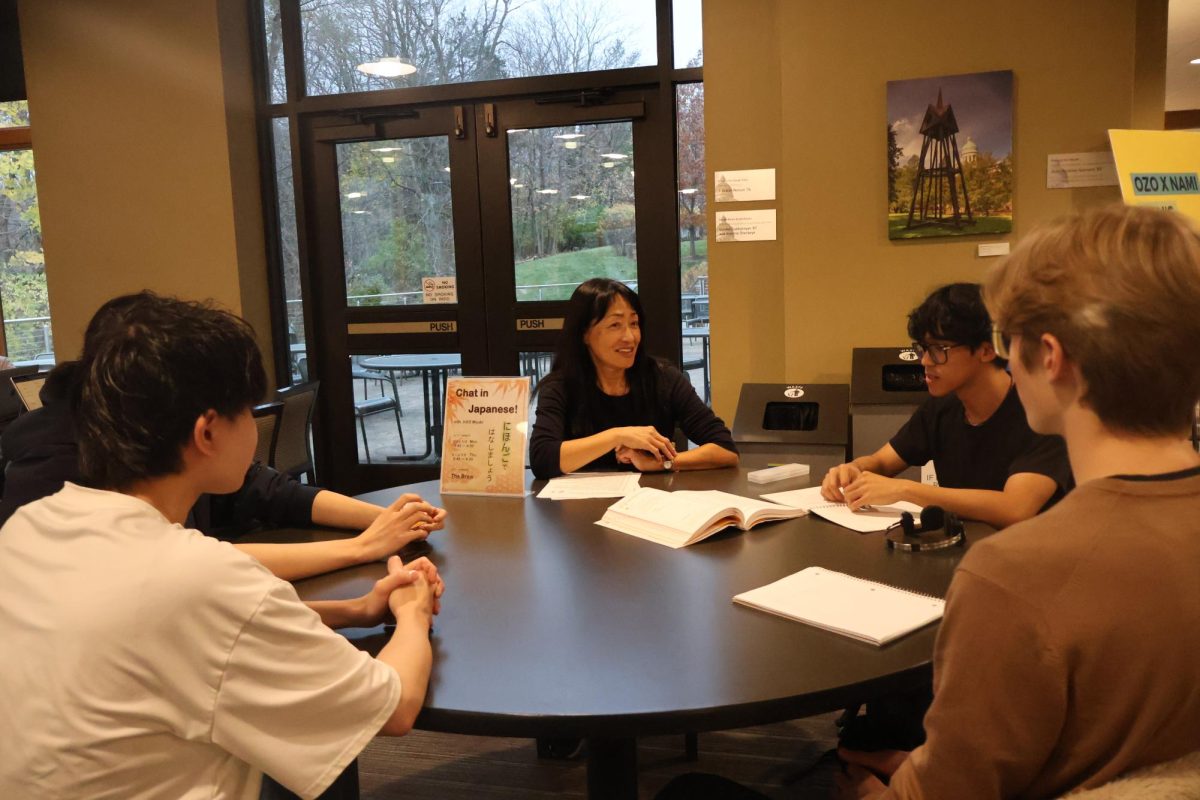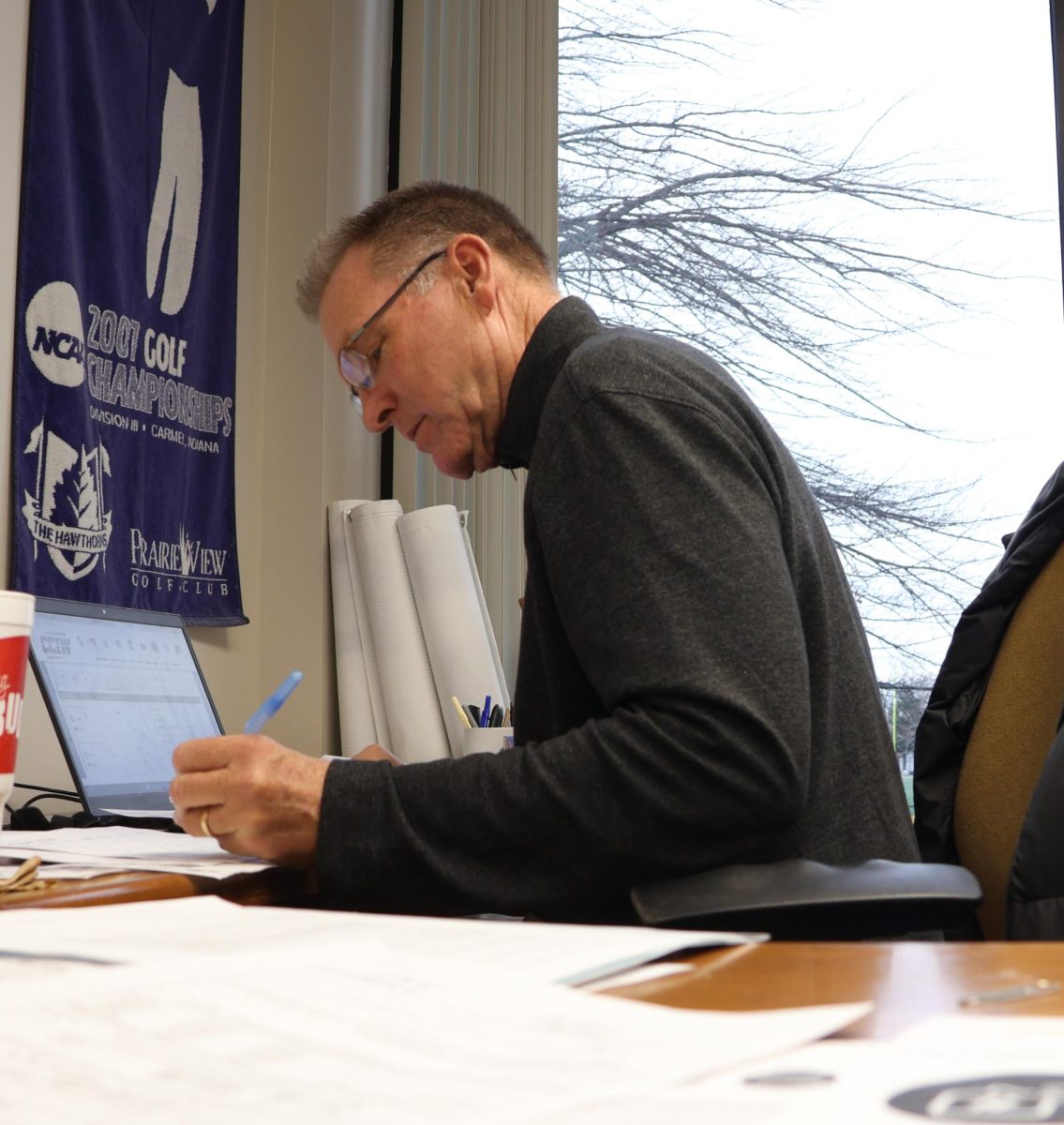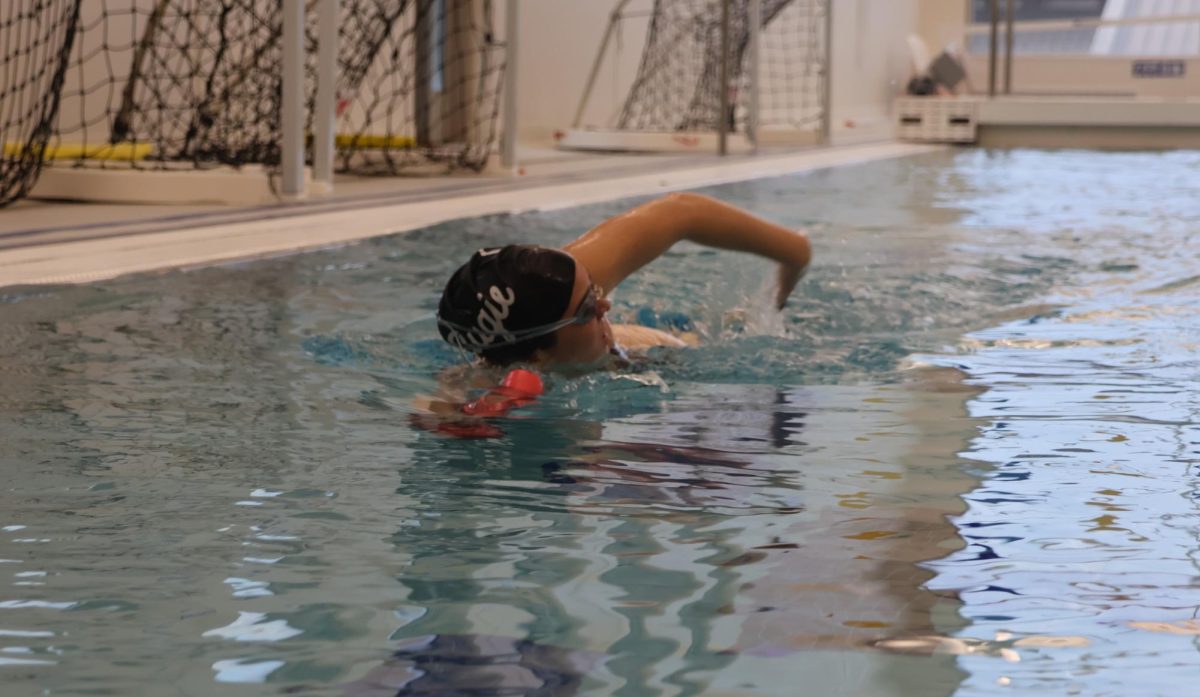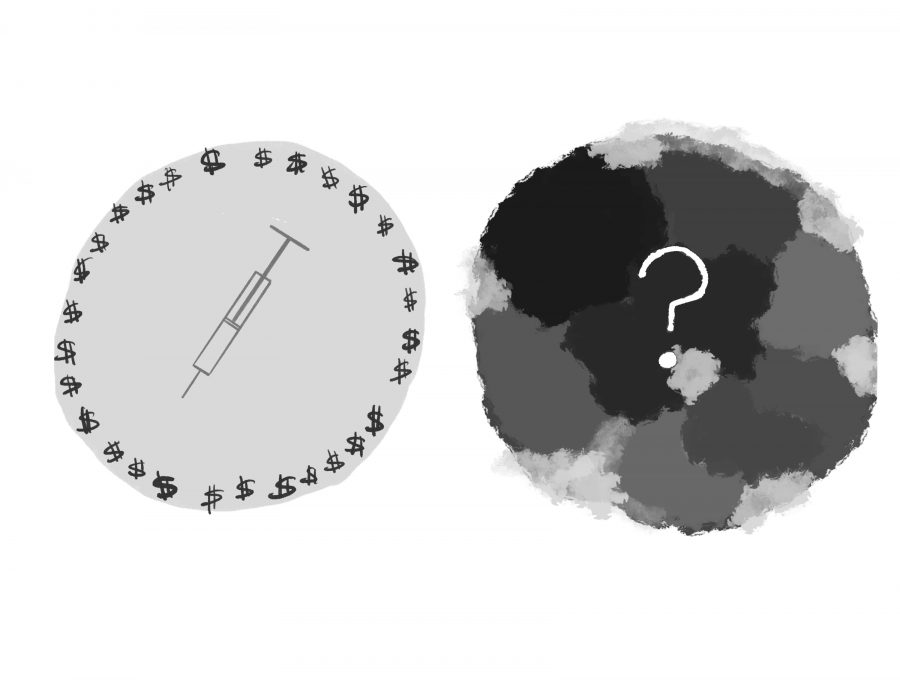With COVID-19 vaccination eligibility relaxing, there needs to be a discussion on the ongoing vaccine distribution inequality.
Luckily for the campus community, we had a vaccination clinic held in PepsiCo last Saturday, April 10, granting easy access for those who had yet to receive the vaccine. Unfortunately though, the reality is that easy access to the vaccine isn’t as simple for everyone as it may have been for the Augustana community.
COVID-19 has hit people of color and low income communities the hardest. Yet they’re not the ones who were given access to the vaccines first, according to the New York Times. Even with vaccination clinics held in low-income communities of color, “largely white neighborhoods have been flooding vaccination appointment systems and taking an outsized share of the limited supply.”
Especially when considering who got the vaccine first in Illinois, healthcare workers and long-term care facility residents were prioritized, according to the Illinois Coronavirus Response website. Even though Illinois officials were just following CDC recommendations, they didn’t fully consider the implications of this.
Specifically, among the demographic of healthcare workers recorded in 2016, “60 percent were White, 16 percent were Black, 13 percent were Hispanic and seven percent were Asian,” according to the CDC. Additionally, 75 percent of nursing home residents were white.
In other words, while low income communities and people of color have been disproportionately dying from COVID-19 (deeming them a high risk population), vaccine distribution prioritized groups that are mainly white first. Instead, government officials should have included other high-risk groups as well from the get-go such as low income communities, people of color and blue-collar essential workers.
Of course as with any kind of inequality that happens within this country, the damage has already been done. However, Illinois can still work towards granting high-risk communities easier access to the vaccine. Even with eligibility requirements relaxing now, there are still complications that are unequally felt by low income communities and people of color.
To put it into perspective, a white upper-middle class resident who’s working from home can easily take a quick break from work to refresh vaccine slots and make time for an appointment. On the other hand, an essential worker who doesn’t work on a computer all day can’t easily refresh vaccine slots during the working day. Especially with how low minimum wage is, even if a blue-collar essential worker has access to technology to sign up, they might not be able to afford a day off to get a vaccine.
Not only are there logistical barriers to the vaccine, but there is still distrust in the vaccine by some of the Black community due to the racist history in healthcare, according to The New York Times. So there are clearly systemic issues behind the vaccine distribution inequality as well.
Ultimately, I hope that Illinois can mitigate the vaccine distribution inequality. In the meantime, we can try to help those around us who haven’t been vaccinated yet get vaccinated. The CDC’s website provides an informational tool kit for community organizations to participate in COVID-19 vaccine outreach in their area.
I personally would not have been able to get a vaccine appointment if it weren’t for the help of people in the Augustana community sending me useful tips. So I urge our community to continue helping each other, as well as our families and friends.
Categories:
The vaccine gap: why we must fight for equal vaccine distribution
April 15, 2021
0
More to Discover

